 Abraham Lincoln
If given the truth, the people can be depended upon to meet any national crisis...
Abraham Lincoln
If given the truth, the people can be depended upon to meet any national crisis...
 Guildford news...
for Guildford people, brought to you by Guildford reporters - Guildford's own news service
Guildford news...
for Guildford people, brought to you by Guildford reporters - Guildford's own news service
Birdwatcher’s Diary No.39
Published on: 25 Jun, 2013
Updated on: 27 Jun, 2013
By Malcolm Fincham
With little sign of any new sightings to photograph locally, on Sunday June 8, loaded to the hilt with camera equipment, I boarded a train at Kings Cross and headed to the Highlands of Scotland.
This was a pre-arranged trip into the heart of the Cairngorm National Park to link up with a small posse of old friends who had arrived by various modes of transport to visit Steve, a Guildfordian, who now lives in Aviemore. He leads his own wildlife safaris http://www.highlandwildlifesaf
Having gained plenty of ‘local’ knowledge in the decade he’s been living there, it was of great help to us to find some of the different species that reside there.
Just behind Aviemore town centre are the Craigellachie cliffs, and with a good pair of binoculars and some scanning of the rocks a pair of peregrine falcons could be viewed.
The real give away of their presence was the sound of their young calling out to them. I guessed that although the nest site was obscured, their young were almost ready to fledge as the parents looked unconcerned as they watched over them.
While spending a good hour watching them interacting and attempting a few distant pictures of the adults, I was pleased to pick out the sound of both spotted flycatcher and wood warbler close by in the silver birches on the sloping bank leading up to the cliff face. I was even more thrilled to get a picture of the latter and I have also added a clip of this bird’s unmistakable song http://www.youtube.com/watch?v
Some of the birds that breed there are only seen as ‘passage migrants’ in the Surrey area. They include the common sandpiper, a regular seen by lochs and rivers throughout Scotland where they breed at this time of the year.
Another pleasing site was the strange looking, carrot-like billed, oystercatcher nesting in similar locations to the sandpiper. And also dippers, which are resident in Scotland as well near fast flowing streams throughout the UK, where they patrol for food.
Another bird regularly sited in the mountainous rocky outcrops is the wheatear – mentioned in an earlier report this year, and which facts were added about its original name being ‘white arse’, due to its distinctive rump. That was a comment made by Martin Giles. http://www.guildford-dragon.co
Also on rare occasions in Surrey ring ouzels are known to be seen passing through on migration in both spring and autumn. They are a similar shape and size to our well loved blackbird, but have a white crescent bib. They only breed in more mountainous regions in the UK.
Although we managed to find a pair near to the ski centre car park, they were both very mobile collecting worms to take back to their nest site up in the mountain. For those unfamiliar I have added a clip of the two: http://www.youtube.com/watch?v
Up in the moorland areas we had good sightings of those ‘famous’ red grouse, now with chicks. I also took a few shots (with my camera) before many will probably be shot for real on the so called ‘glorious’ 12th of August when the annual grouse season starts.
We also managed a few sighting of both black-throated as well as red-throated divers, which breed at these latitudes in the Northern Hemisphere at this time of year.
They are known as loons in Canada, where they also breed, and are depicted on the Canadian dollar coin – also known as the loonie.
Although both species are quite rare in Scotland, I was pleased to see both and even get a picture of the rarer black-throated in flight.
Another rare sighting we had on one of the smaller lochens was a pair of Slavonian grebes in thieir glorious golden summer plumage.
With well over 17 hours of sunlight at this time of the year in the Scottish Highlands, and the fortune of picking a whole week without rain, we certainly made the most of the time available.
We even found time for a few west coast trips, including a 4am start day trip to the Isle of Mull which also brought a few bonus sightings, such as a white-tailed sea eagle and even a golden eagle sitting by its eerie.
On coastal watch I picked out and even get ‘record shots’ of both a gannet and even more pleasingly a pomarine skua, instantly recognising it by its distinctive tail shape.
Also out on the water were several eider duck, goosanders and some black gullimots, known locally as tysties.
Arctic terns could be seen fishing on the coastal waters. Although similar to our local Stoke Lake common terns, Arctic terns only breed in the northern regions of the UK.
They are also known as the sea swallow, the are even more agile than the common tern. They also winder even further south in Antarctic.
Although this report is just a synopsis of the many other birds and mammals I saw, I have added a few other images I took, including my first picture of a crested tit.
In the UK this bird only breeds and lives in the Caledonian pine forests of Scotland. Surprisingly for the time of year, this usually shy bird was on a feeder at Loch Garten Osprey Centre!

"Found any?" - "Nope, it all looks green to me!" (See Opinion: The Future is Congested, the Future is Grey)
www.abbotshospital.org/news/">





Recent Articles
- Latest Evidence in Sara Sharif Trial
- Ash’s New Road Bridge Is Named – and November 23rd Is Opening Day
- Class A in Underwear Leads to Jail Sentence
- Historical Almshouse Charity Celebrates Guildford in Bloom Victory
- Notice: Shalford Renewable Showcase – November 16
- Firework Fiesta: Guildford Lions Club Announces Extra Attractions
- Come and Meet the Flower Fairies at Watts Gallery
- Updated: Royal Mail Public Counter in Woodbridge Meadows to Close, Says Staff Member
- Letter: New Developments Should Benefit Local People
- Open Letter to Jeremy Hunt, MP: Ash’s Healthcare Concerns


Search in Site
Media Gallery
Dragon Interview: Local Artist Leaves Her Mark At One of England’s Most Historic Buildings
January 21, 2023 / No Comment / Read MoreDragon Interview: Lib Dem Planning Chair: ‘Current Policy Doesn’t Work for Local People’
January 19, 2023 / No Comment / Read MoreA3 Tunnel in Guildford ‘Necessary’ for New Homes, Says Guildford’s MP
January 10, 2023 / No Comment / Read More‘Madness’ for London Road Scheme to Go Ahead Against ‘Huge Opposition’, Says SCC Leader
January 6, 2023 / No Comment / Read MoreCouncillor’s Son Starts Campaign for More Consultation on North Street Plan
December 30, 2022 / No Comment / Read MoreCounty Council Climbs Down Over London Road Works – Further ‘Engagement’ Period Announced
December 14, 2022 / No Comment / Read MoreDragon Interview: GBC Reaction to the Government’s Expected Decision to Relax Housing Targets
December 7, 2022 / No Comment / Read MoreHow Can Our Town Centre Businesses Recover? Watch the Shop Front Debate
May 18, 2020 / No Comment / Read More




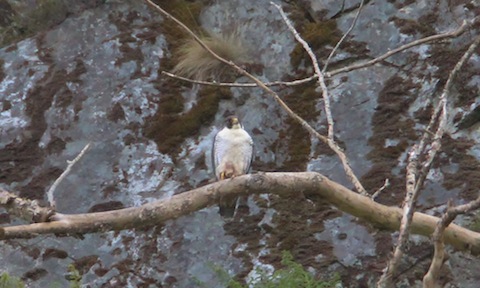
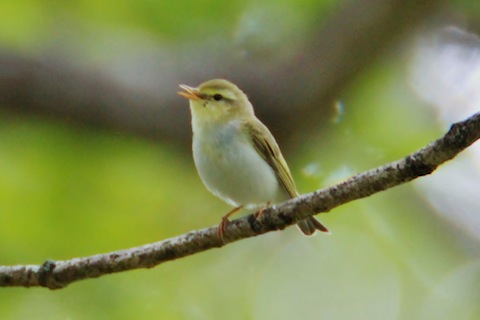
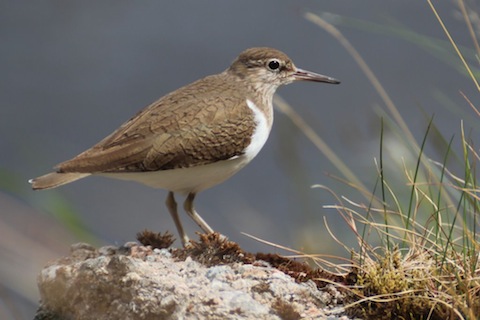
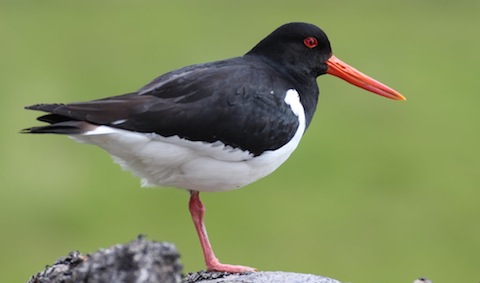
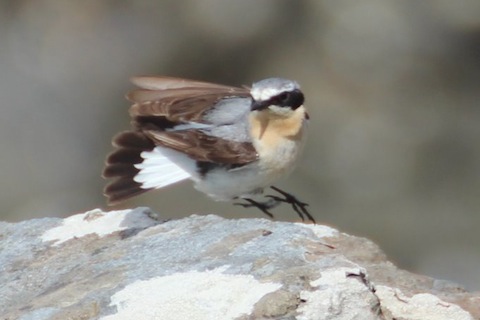

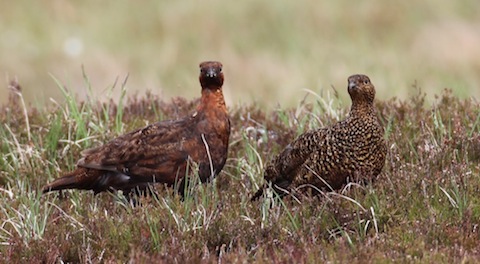

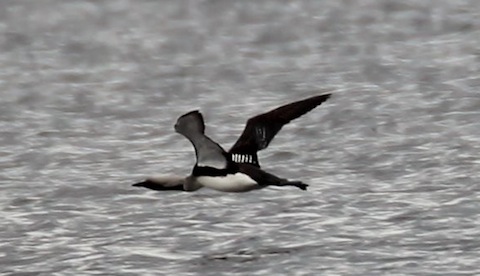
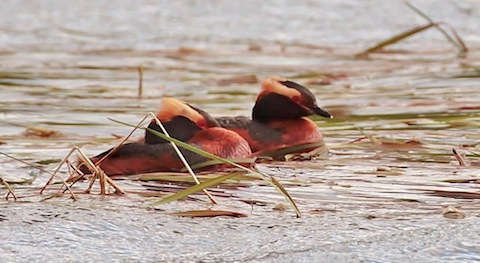

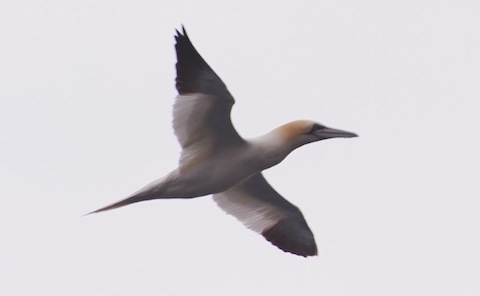
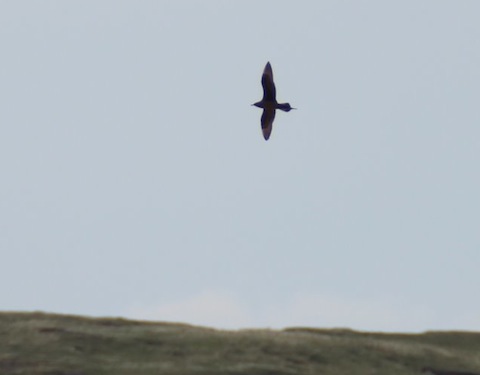
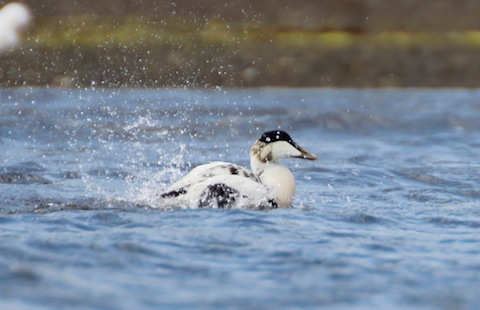
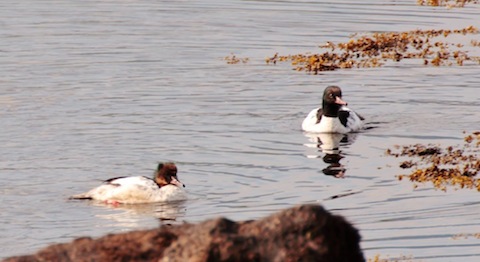
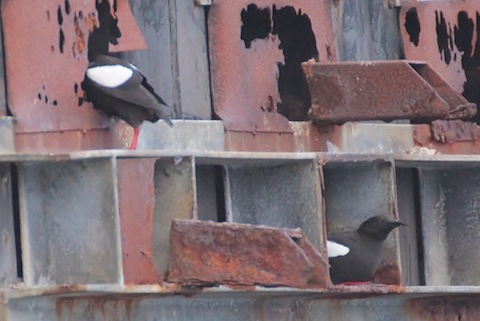
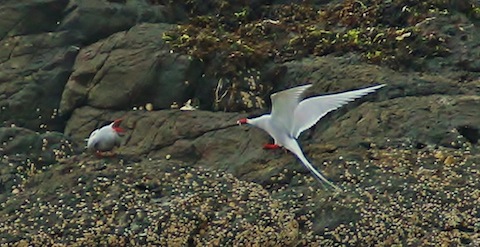
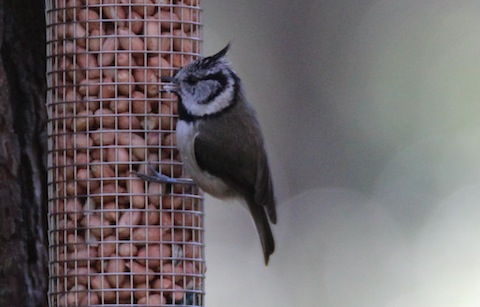
![A sandwich tern ] puts in a show alongside where I saw the Arctic terns.](https://guildford-dragon.com/wp-content/uploads/2013/06/Sandwich-Tern-also-puts-in-a-show-alongside-the-Artic-tern.jpg)
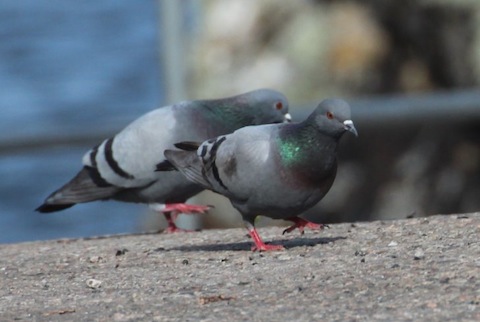

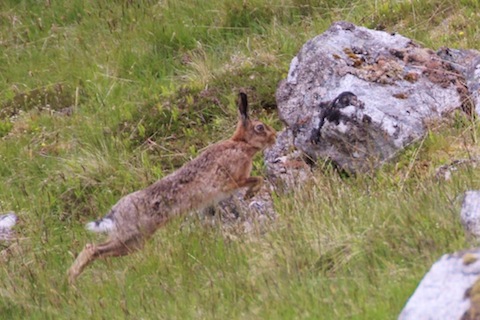
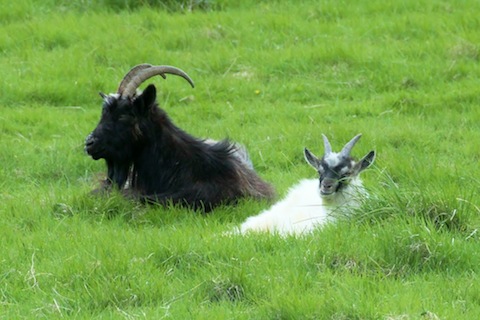
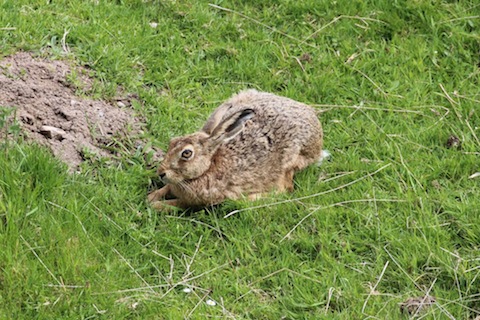




Recent Comments